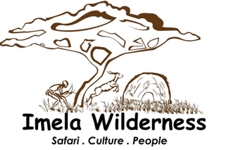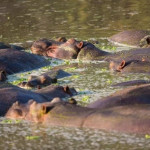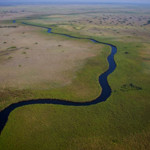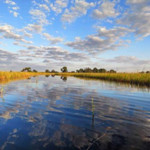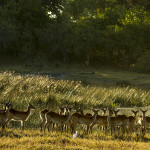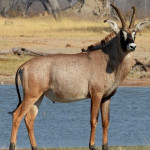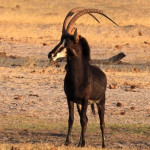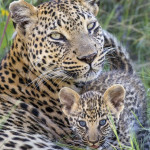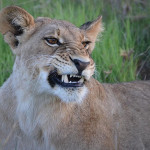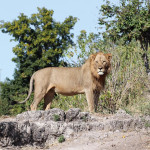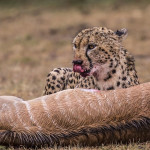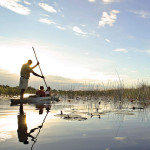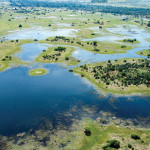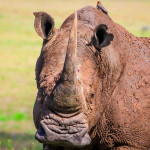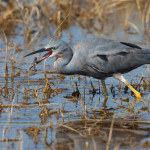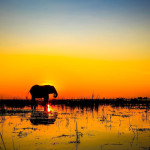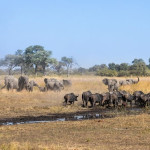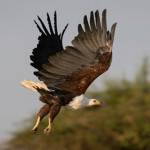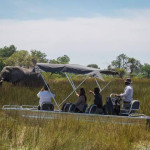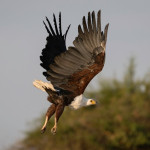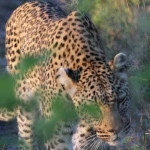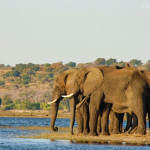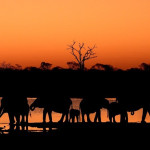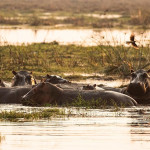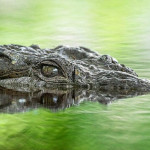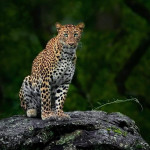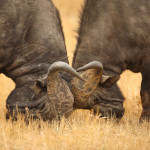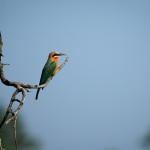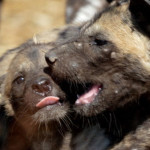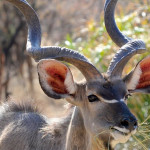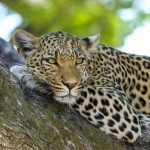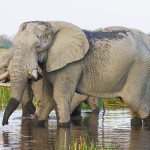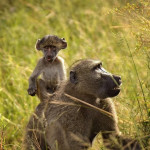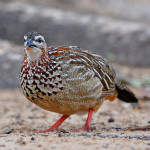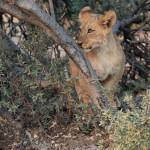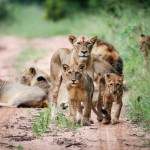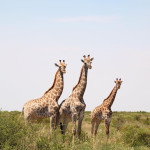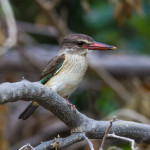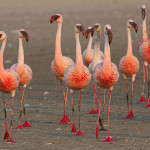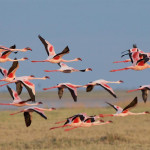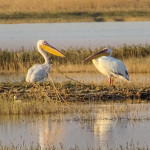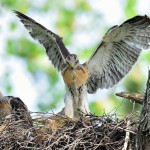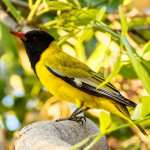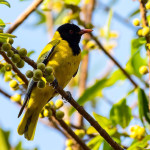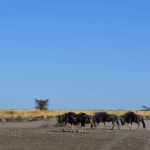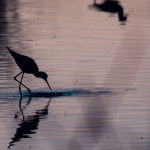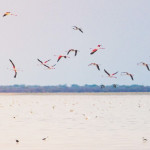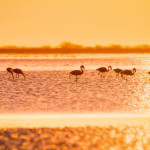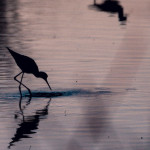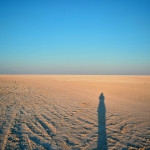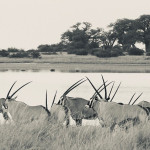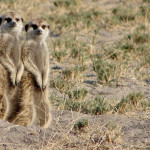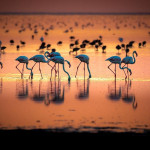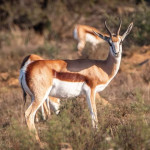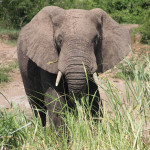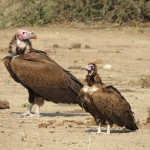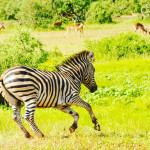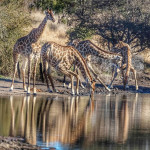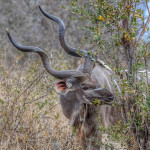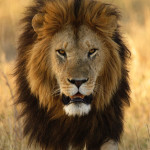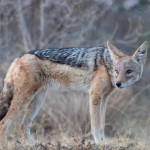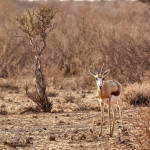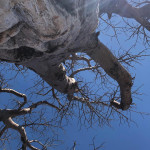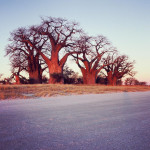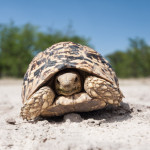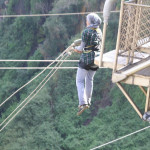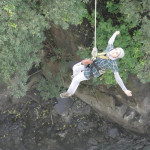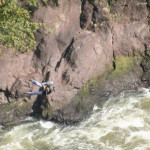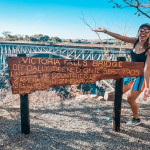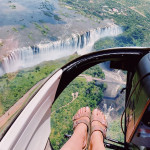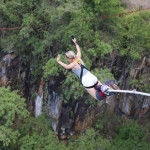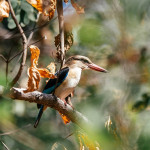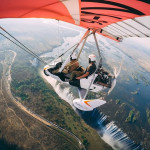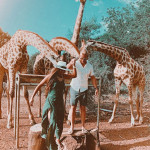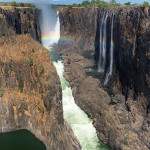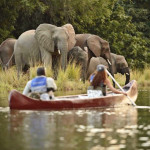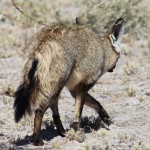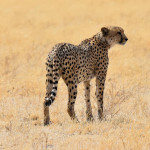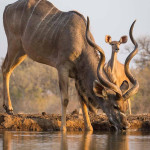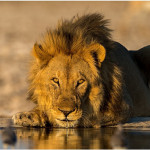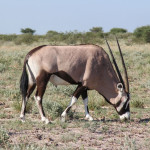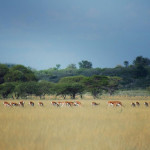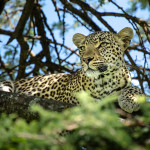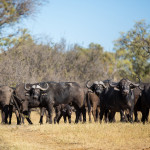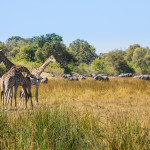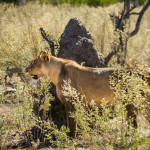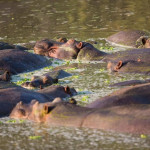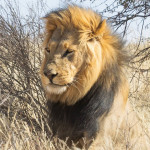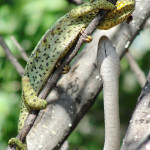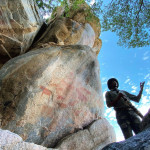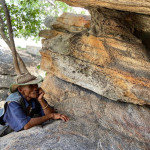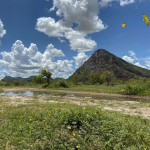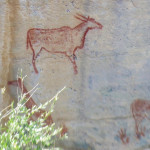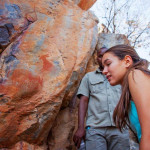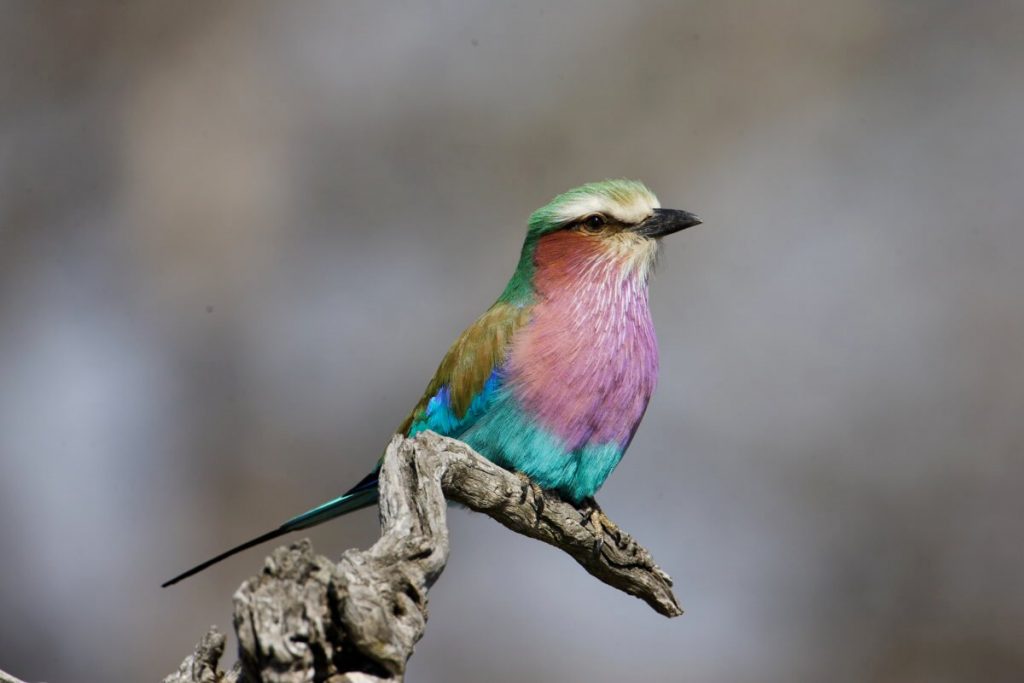
Okavango Delta
Chobe National Park
Moremi Game Reserve
Nata Bird Sanctuary
Makgadikgadi Pan National Park
Nxai Pan National Park
Victoria Falls
Central Kalahari Game Reserve
Linyanti
Tsodilo Hills
THE OKAVANGO DELTA
The Okavango Delta which is situated deep within the Kalahari basin is truly one of the best wilderness destinations in Africa’s and its formation was a result of the rift valley across the course of the Okavango River. Major tourist attractions in the Delta and the dryland areas are game viewing, birding and boating, often in the traditional dug-out canoe (mokoro). The diversity and numbers of animals and birds can be staggering. A recent overview of the Okavango records 122 species of mammals, 71 species of fish, 444 species of birds, 64 species of reptiles and 1300 species of flowering plants. Other experiences include maneuvering the magic world of islands and lagoons by dugout canoe (mokoro) and, or power boat. Scenic flights over the delta, also provide an opportunity to view the delta system as a whole unit.
CHOBE NATIONAL PARK
The Chobe National Park offers extreme contrasts and a variety of wildlife experiences within the confines of one park. It covers a variety of vegetation types and geological features that vary from the almost tropical habitat of the Linyanti swamp to the severe, desert-like landscape of the Savuti, and from the lush Chobe floodplain grassland to the deep sands of the Brachestegia woodland. It also has the Mababe Depression with its black cotton soil and Acacia scrub, as well as the pan-studded mopane and Combretum areas at Nogatsaa. Four main areas have been developed in Chobe namely: Savuti, Chobe River, Linyanti, and Nogatsaa, each of which offers a unique experience.
MOREMI GAME RESERVE
Moremi Game Reserve is situated in the central and eastern areas of the Okavango, and includes the Moremi Tongue and chief’s island, boasting one of the richest and most diverse ecosystems on the continent. It is the first reserve in Africa that was established by local residents. Different animal species include different birdlife, elephant, hippo, buffalo, lion, and most other game can be seen in abundance. Bird life (both in the delta and dry land sections) is excellent, especially along the Khwai River. During the dry season a congregation of all species, (bird and wildlife), along permanent rivers and water holes makes Moremi Game Reserve one of the most unforgettable wildlife experiences in Africa.
NATA BIRD SANCTUARY
The famous sanctuary is located about 15 kilometers from Nata Village at the northeastern border of the Sua Pan (salt pan) within the larger Makgadikgadi. The area is an important flamingo and pelican breeding ground. When there is water in the pan thousands of flamingoes, ducks, geese and pelicans are to be seen. The bird sanctuary has about 165 species of birds.
MAKGADIKGADI PAN NATIONAL PARK
In the middle of the northern Kalahari, lies a complex of huge, flat salt pans. It’s a harsh, sparse landscape, not to everyone’s taste, but it offers an isolation as complete as anywhere in Southern Africa, and a wealth of hidden treasures for those prepared to make the effort. Their geology and history are fascinating, they play a vital role in the area’s ecosystem and they’re very photogenic. The Makgadikgadi is a place of wide-open, uninhabited spaces under an endless canopy of blue sky. The area is comprised of the Sua and Ntwetwe pans. In September large herds of antelope, zebra and wildebeest roam the dusty plains awaiting the first rains.
NXAI PAN NATIONAL PARK
Nxai Pan National park is set on the northern fringe of the Makgadikgadi basin and includes Nxai Pan, an ancient lakebed that was once part of the ancient lake Makgadikgadi.
The area is also the breeding ground for large herds of zebra, wildebeest, gemsbok, and eland. Unusual game species that can be seen here are the hartebeest, bat-eared fox, brown hyena, and cheetah. The game viewing can be rather unpredictable in Nxai Pan, especially during the dry season.
VICTORIA FALLS
One of the greatest attractions in Africa and one of the most spectacular waterfalls in the world, Victoria Falls is located on the Zambezi River, the fourth largest river in Africa, which is also defining the border between Zambia and Zimbabwe. Victoria Falls is the only waterfall in the world with a length of more than a kilometer and a height of more than hundred meters. It is also considered to be the largest fall in the world.
CENTRAL KALAHARI GAME RESERVE
The Central Kalahari game Reserve (CKGR) is the largest, most remotely situated reserve in Southern Africa, and the second largest wildlife reserve in the world, encompassing 52 800 sq kms. CKGR is unique in that it was originally established (in 1961) with the intention of serving as a place of sanctuary for the San, in the heart of the Kalahari (and Botswana), where they could live their traditional hunter/ gatherer way of life, without intrusion, or influence, from the outside world. During and shortly after good summer rains, the flat grasslands of the reserve’s northern reaches teem with wildlife, which gather at the best grazing areas. These include large herds of springbok and gemsbok, as well as wildebeest, hartebeest, eland and giraffe.
LINYANTI
Linyanti is a faultless natural oasis in Botswana with an air of untouched beauty teeming with wildlife. This undiluted environment brings a magical feeling of peace and tranquility and the overpowering feeling of nearness to earthly evolution. The Linyanti region is sandwiched between the Okavango Delta to the south and Chobe to the east. The Linyanti boasts of varied Africa safari adventure activities which include game driving, fishing excursions, walking safari and mokoro/canoeing safari.
TSODILO HILLS
The Tsodilo Hills are a UNESCO World Heritage Site (WHS), consisting of rock art, rock shelters, depressions, and caves. It gained its WHS listing in 2001 because of its unique religious and spiritual significance to local peoples, as well as its unique record of human settlement over many millennia. UNESCO estimates there are over 4500 rock paintings at the site. The site consists of a few main hills known as the Child Hill, Female Hill, and Male Hill. Rising abruptly, and dramatically, from the Kalahari scrub bush – the rock face turning a copper colour in the dying sun – the magnetic power of Tsodilo Hills both captivates and mystifies. There is an undeniable spiritualism about the Hills that immediately strikes the visitor.
